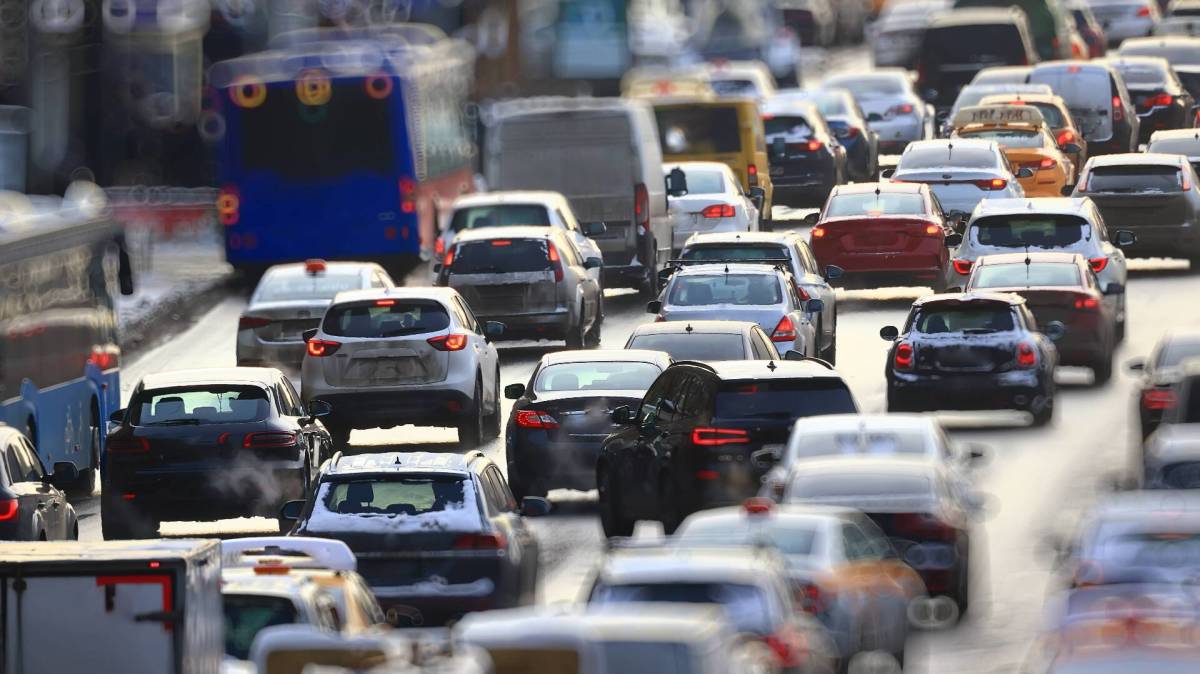
TheStreet aims to feature only the best products and services. If you buy something via one of our links, we may earn a commission.
Full-coverage car insurance provides financial protection for any physical damage or injuries you may cause in an at-fault accident. It also extends coverage to your vehicle if it’s damaged, totaled or stolen.
According to CarInsurance.com, the online car insurance marketplace, the average cost of a full coverage policy is $1,895 per year. Rates can vary considerably from state to state and driver to driver, but that's still more than double the price of a liability-only policy.
Full coverage insurance isn’t required by law like liability car insurance, but it may be necessary if you’ve financed or leased your vehicle. Similarly, if you own a newer or hard-to-replace vehicle, you may want to carry full coverage rather than risk shouldering the cost of an accident.
What does full-coverage car insurance include?
Although “full coverage” is a commonly used term, it’s not a form of car insurance. Instead, the term refers to policies that include three core forms of protection: liability, collision and comprehensive insurance.
Liability Insurance
Liability insurance is a type of insurance that pays for the damages you cause to others in an at-fault accident. There are two main forms of liability coverage:
Bodily injury liability protection covers the medical bills and injuries you cause in a crash to the other car’s driver and its passengers.
Property damage liability coverage pays for the repairs or replacement of the other driver's vehicle or structures due to damage you caused.
Liability coverage is usually described with three numbers that reflect the policy's coverage limits. For example, a 25/50/25 policy provides the following coverage:
- Up to $25,000 per person for bodily injury
- Up to $50,000 per incident for bodily injury
- Up to $25,000 for damage to another person's property per incident
In nearly every state, the law requires drivers to have liability coverage that meets state minimum coverage requirements; the only exception is New Hampshire.
DON'T MISS: More on car insurance
- Cheapest car insurance companies in 2024
- Will my insurance go up if I move?
- What is the penalty for driving without insurance in your state?
But experts warn that minimum coverage is just that – minimum coverage.
"Keep in mind that the minimum limits could leave you exposed to claims for injuries or property damage in excess of your limits," says Bob Passmore, department vice president of the American Property Casualty Insurers Association, a trade association of home, auto and business insurers "It’s important to talk with your insurance professional to choose the level of coverage that best suits your budget and protect your assets from such claims."
Experts recommend a policy with limits of at least 50/100/50, if not 100/300/100, to provide more substantial protection.
Collision Insurance
Collision insurance helps pay for repairs to your vehicle after an accident involving another car or stationary object, such as a guardrail. It comes with a deductible, the amount you must pay before your policy coverage will apply. Deductibles can range from nothing out of pocket to $1,500 or more. The higher your deductible, the lower your premium will be, and vice versa. The maximum amount of collision coverage you can get is usually your vehicle's current fair market value.
DON'T MISS: More from TheStreet
- Car insurance companies quietly use these apps to hike your rates
- 10 major ways to maximize your savings on car insurance
- Auto insurance companies have found a sneaky way to increase prices
Comprehensive Insurance
Comprehensive insurance pays for damages that might occur outside of a collision. For example, if your car is damaged by a hail storm, fire or vandalism – or if it is stolen – comprehensive insurance would help cover the cost of repairing or replacing it. Like collision insurance, comprehensive coverage's maximum is usually your vehicle's current market value and is subject to a deductible.

Shutterstock-Kichigin
Who needs full-coverage car insurance?
Now that you know what a full coverage policy includes, here are some instances when a full coverage policy is a necessity:
You financed your car
If you took out a car loan to purchase your vehicle, maintaining a full coverage policy is likely a contractual requirement. Lenders want to ensure the vehicle is protected so they won't lose money if you're in an accident, so they typically require borrowers to have a policy with collision, comprehensive and liability insurance. The same applies if you have leased a vehicle.
You can’t afford a new car
According to Kelly Blue Book, a new car costs about $47,000, while the average used car price is about $25,000. If you don’t have the cash savings necessary to repair or replace your current vehicle in the event of a significant accident, a full coverage car insurance policy is a relative bargain.
Related: 10 major ways to maximize your savings on a big car expense now
Who doesn’t need full coverage?
Skipping full coverage policies can make sense in some instances. For example, if your vehicle is over 5 to 7 years old, its fair market value may be less than what it costs for a full coverage policy. Likewise, you may consider dropping full coverage if you can afford to repair or replace your automobile out of pocket.
Related: Veteran fund manager sees world of pain coming for stocks
TheStreet aims to feature only the best products and services. If you buy something via one of our links, we may earn a commission. The products featured here have been independently reviewed. This article has been edited and published by TheStreet. Learn more.







